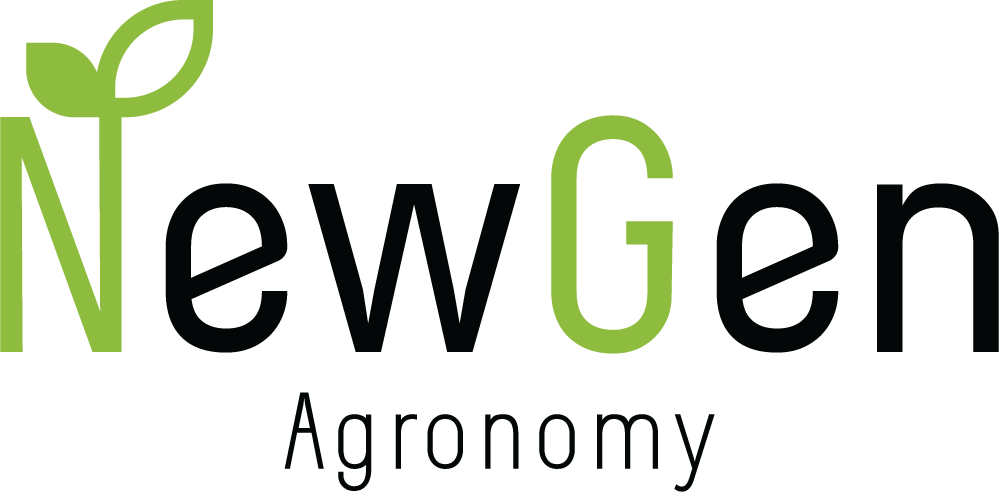Indoor Farming
In indoor farming, plants are often grown in vertical stacks or shelves, allowing for efficient space utilization.
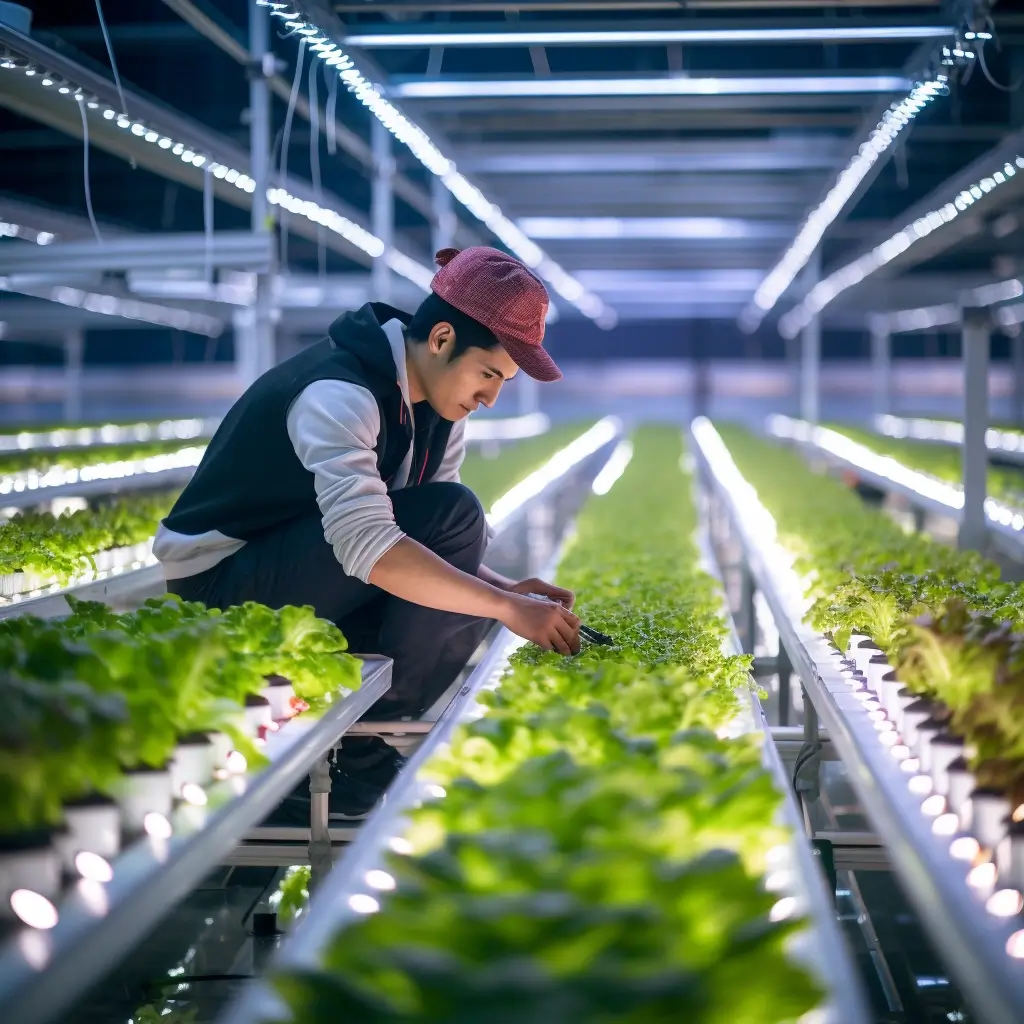
The cultivation process may involve various techniques such as hydroponics, aeroponics, or aquaponics, which provide plants with the necessary nutrients and water without relying on soil. Advanced technologies like LED lighting, climate control systems, and automation are employed to create ideal growing conditions, including temperature, humidity, light spectrum, and photoperiod, tailored to each specific crop’s needs.
Through optimized growing conditions, indoor farming can achieve higher crop yields per square foot compared to traditional farming methods. Indoor farming reduces reliance on chemical pesticides and herbicides, minimizes water and nutrient runoff, and can utilize energy-efficient technologies and renewable energy sources to reduce its environmental impact. By controlling factors like temperature, humidity, and lighting, indoor farming minimizes the risk of pests, diseases, and weather-related crop losses, resulting in healthier and higher quality produce.

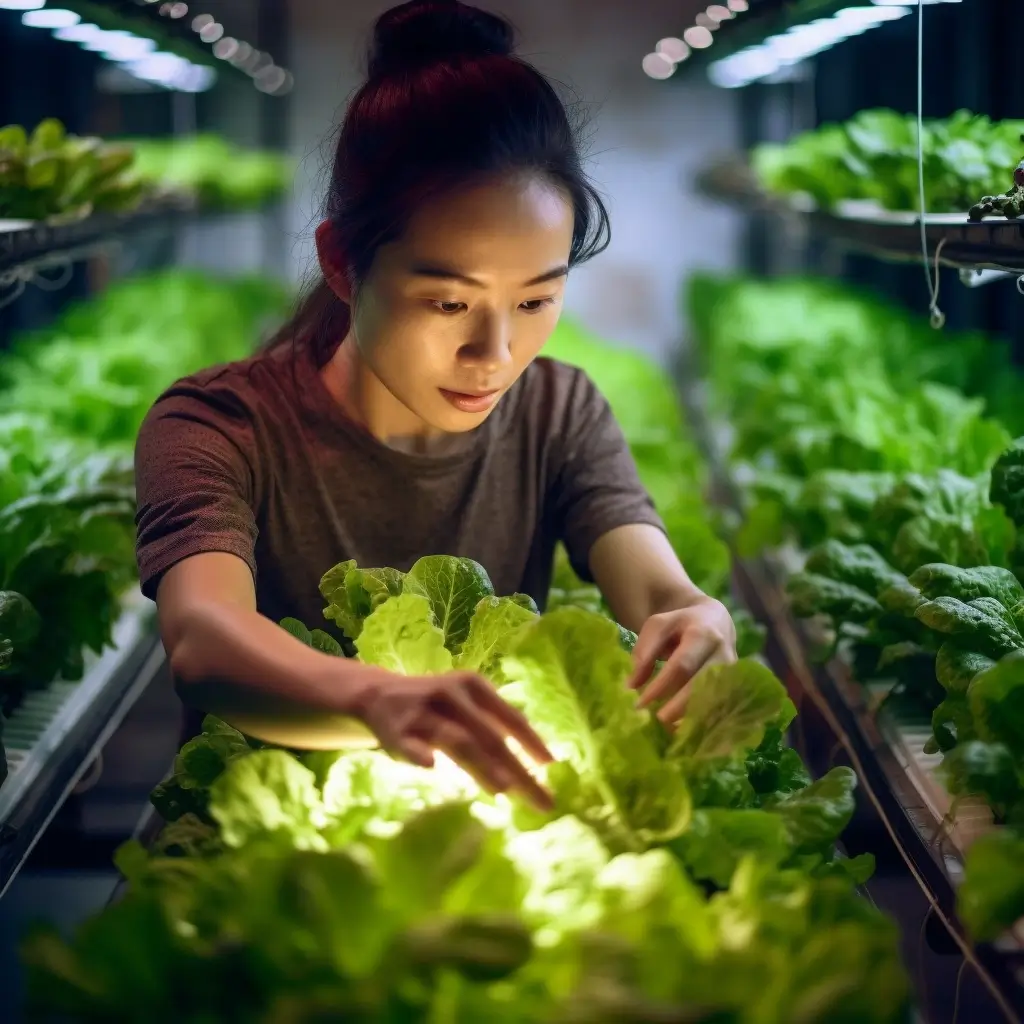

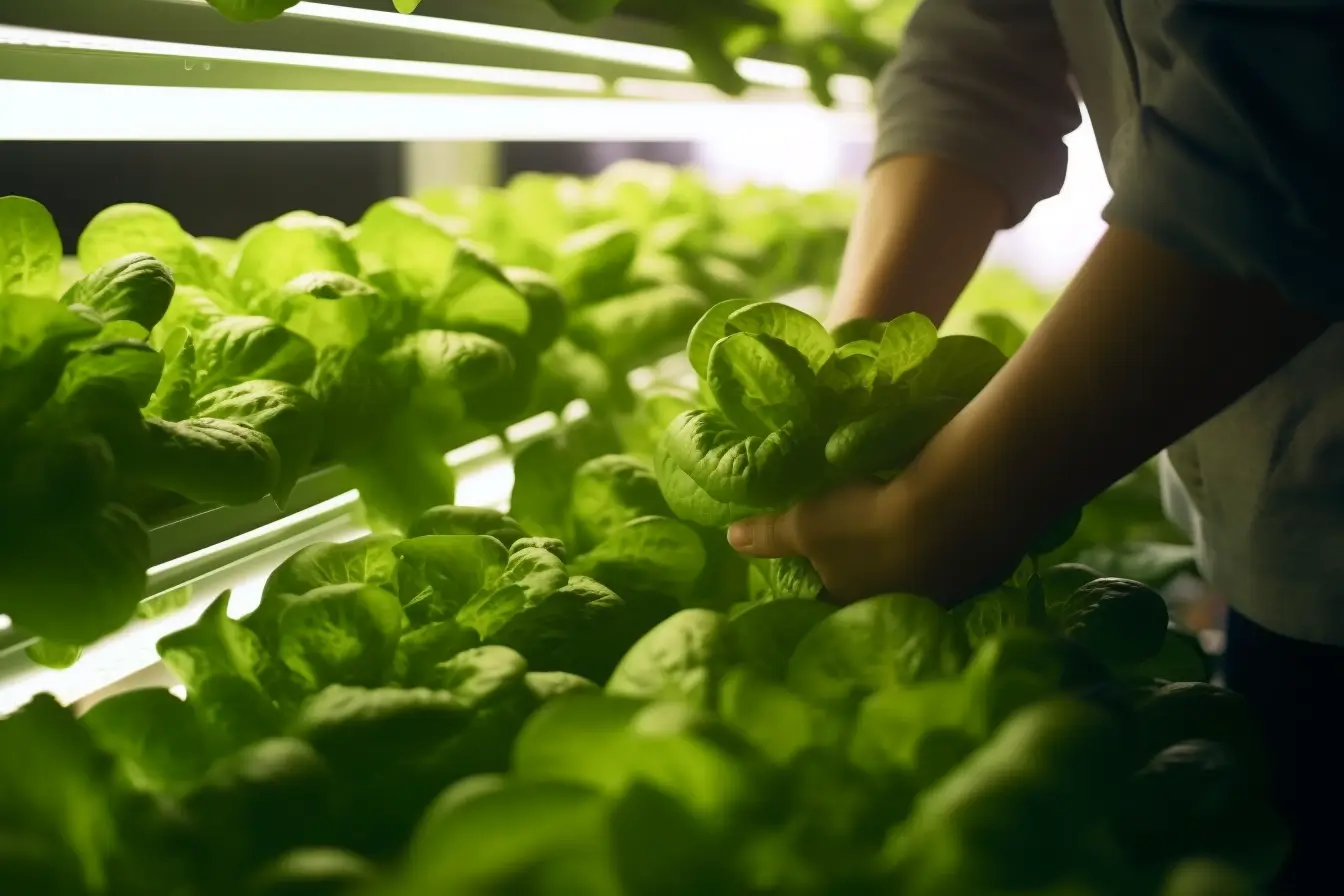

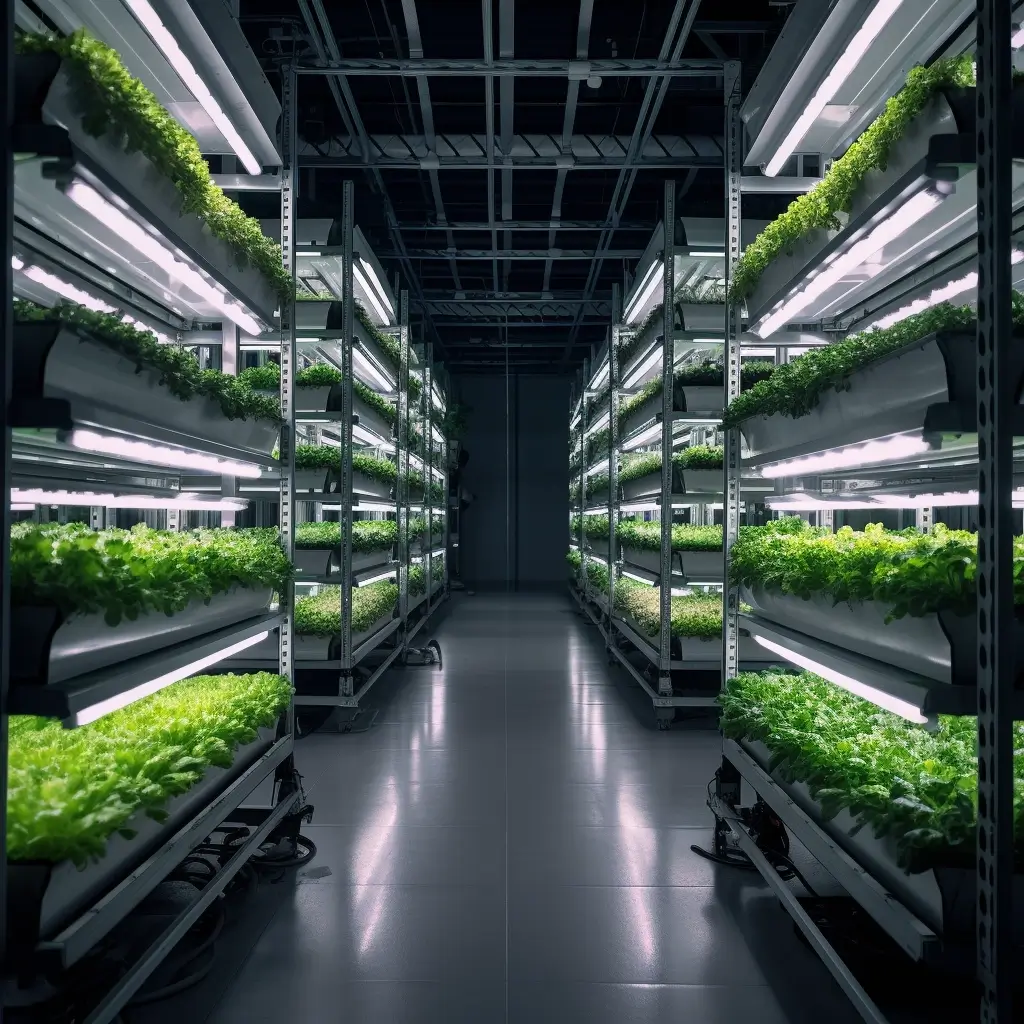
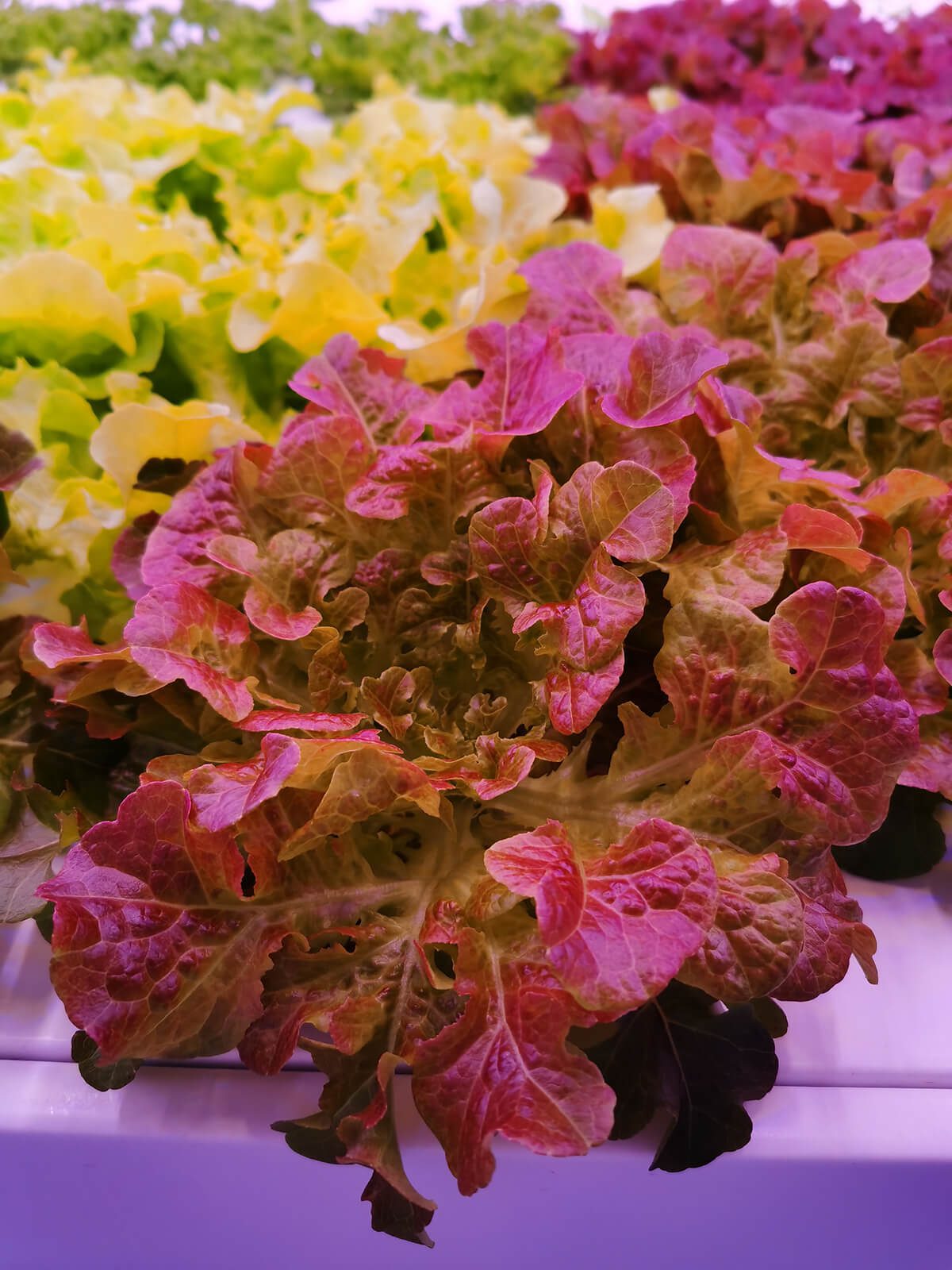
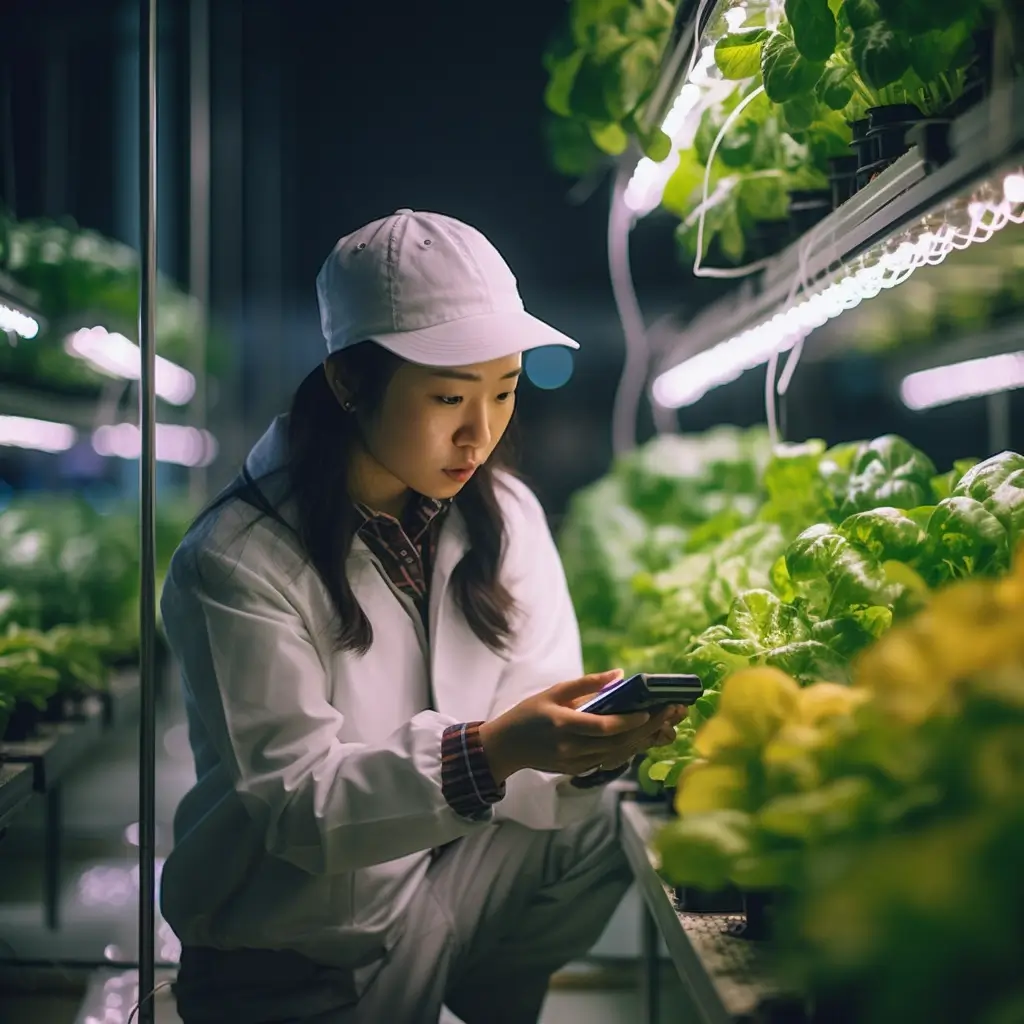
Year-Round Harvests
Inside and Out
Indoor farming has the potential to contribute to food security, reduce the carbon footprint of agriculture, and provide local, fresh produce year-round.
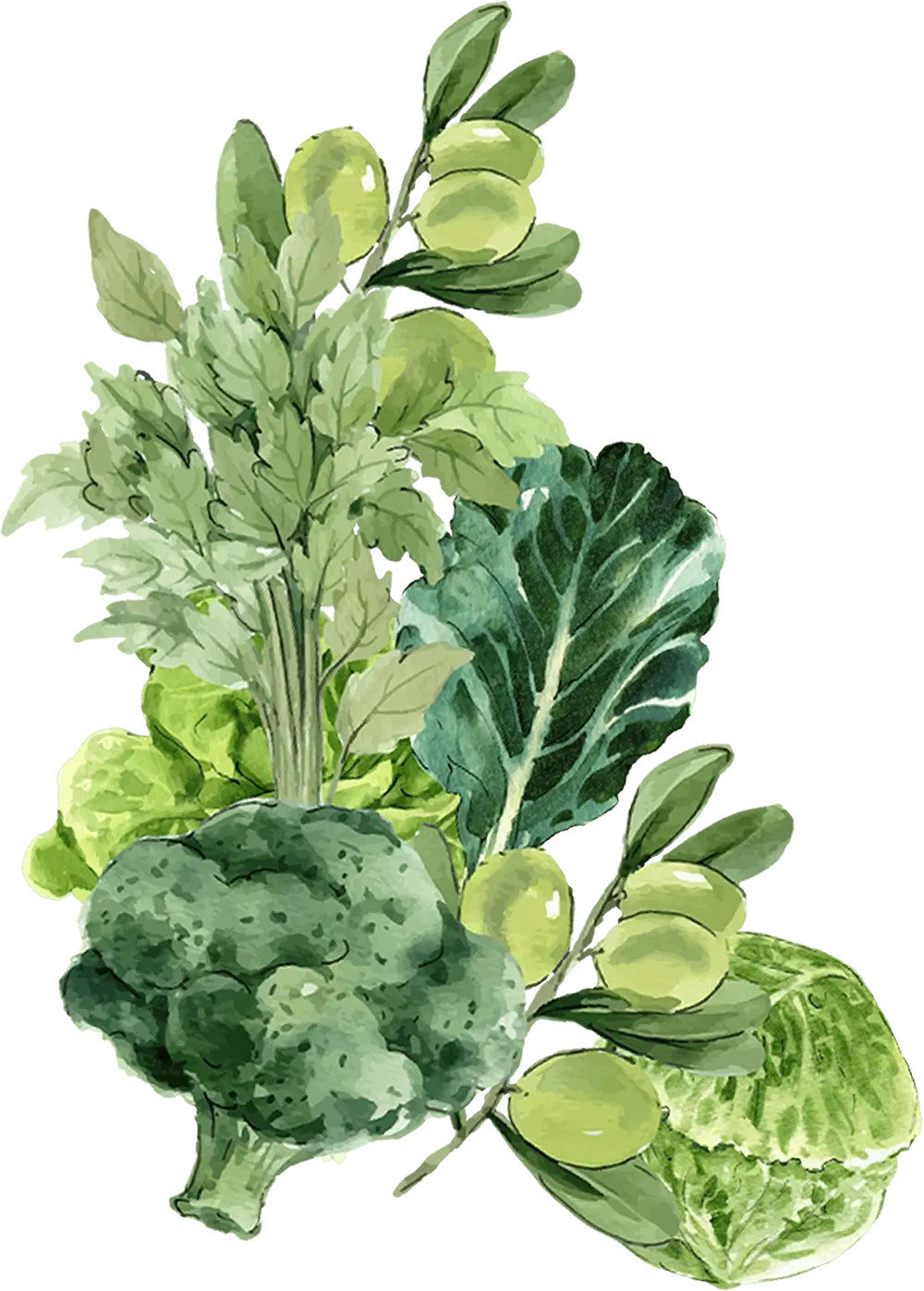
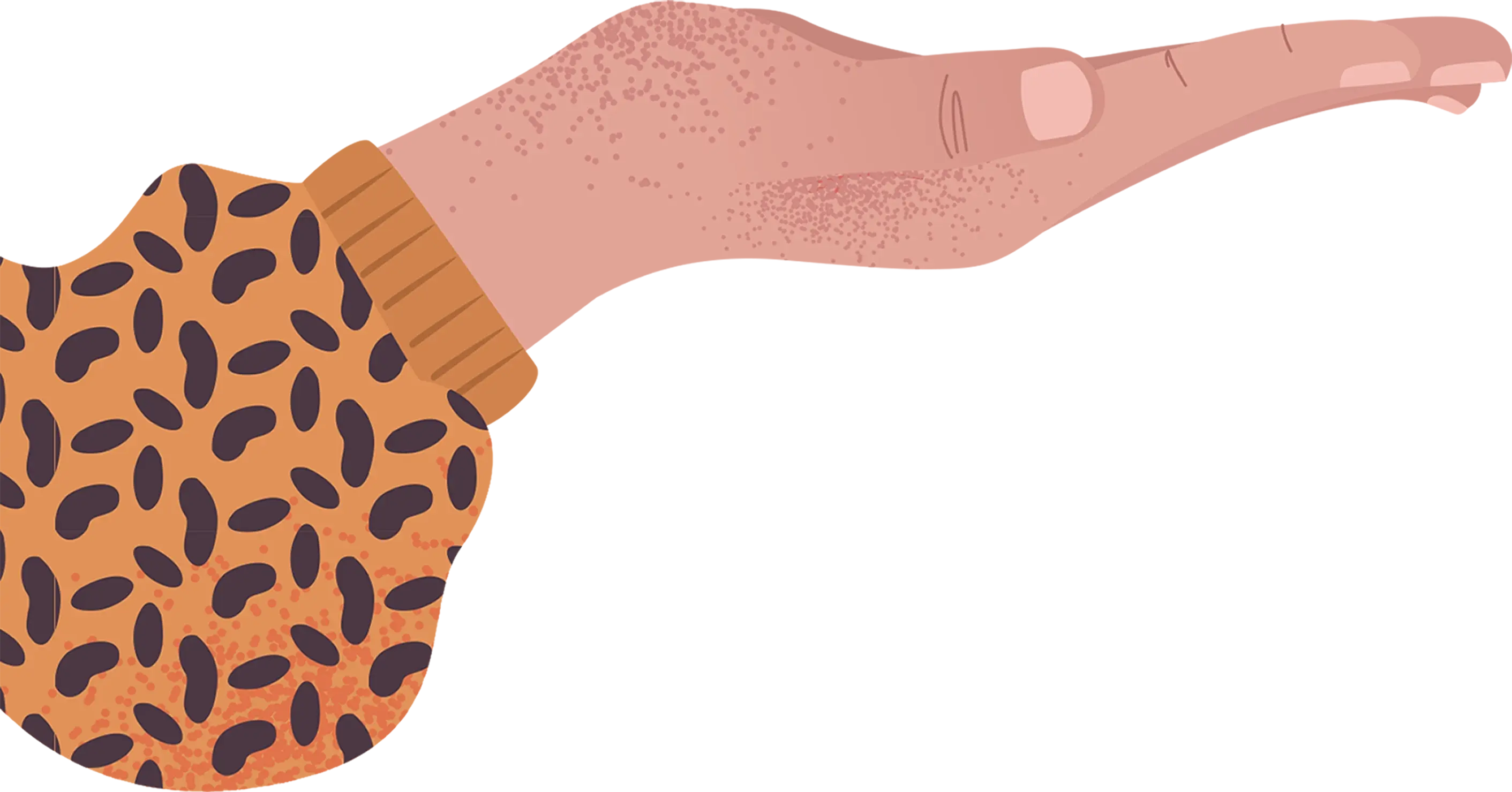
Indoor Farming
Indoor Growing Abundance, Harvesting the Future
Embrace indoor farming, where the tender cultivation of vegetables flourishes within controlled environments, a transformative practice takes root, unfurling its awe-inspiring potential.
